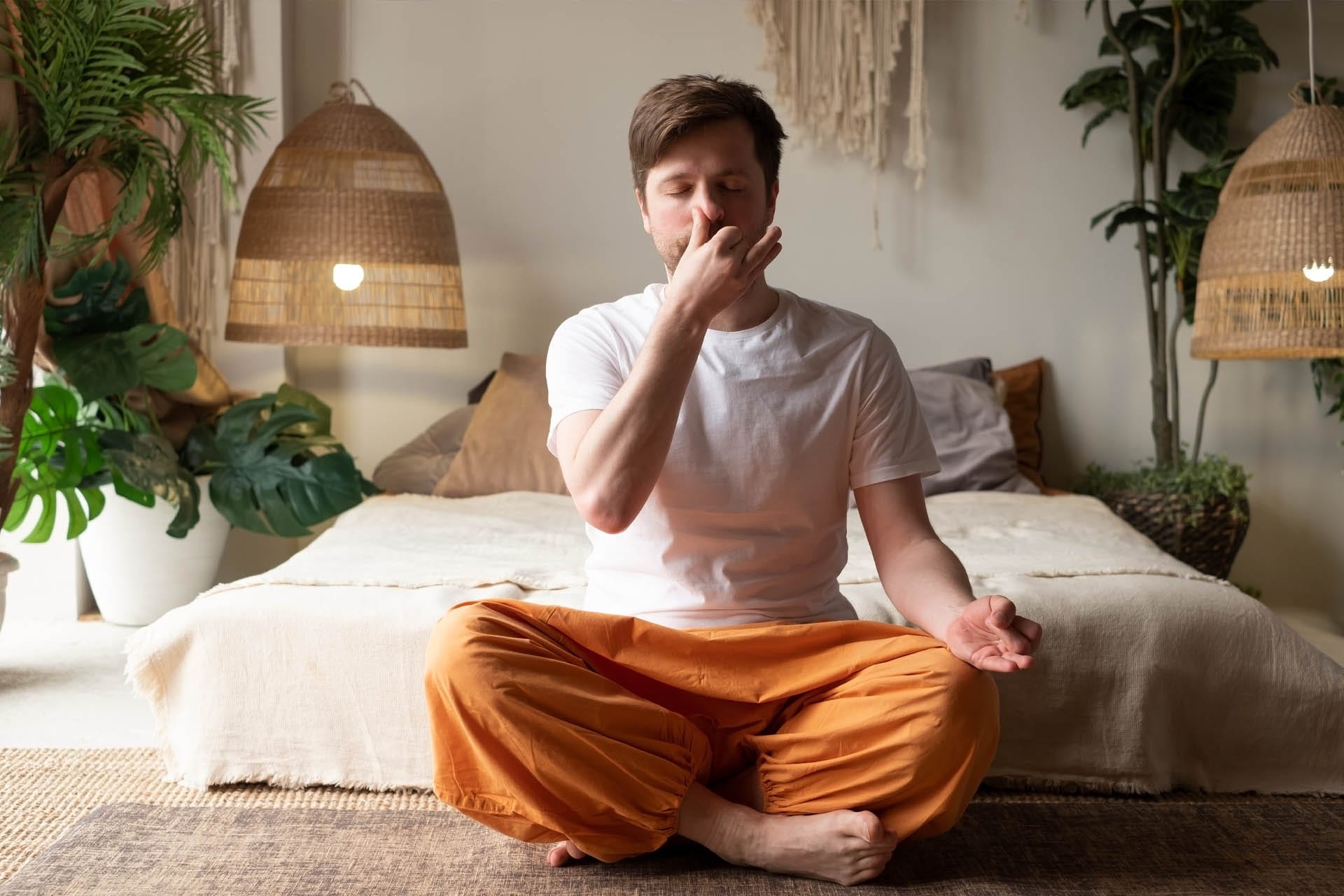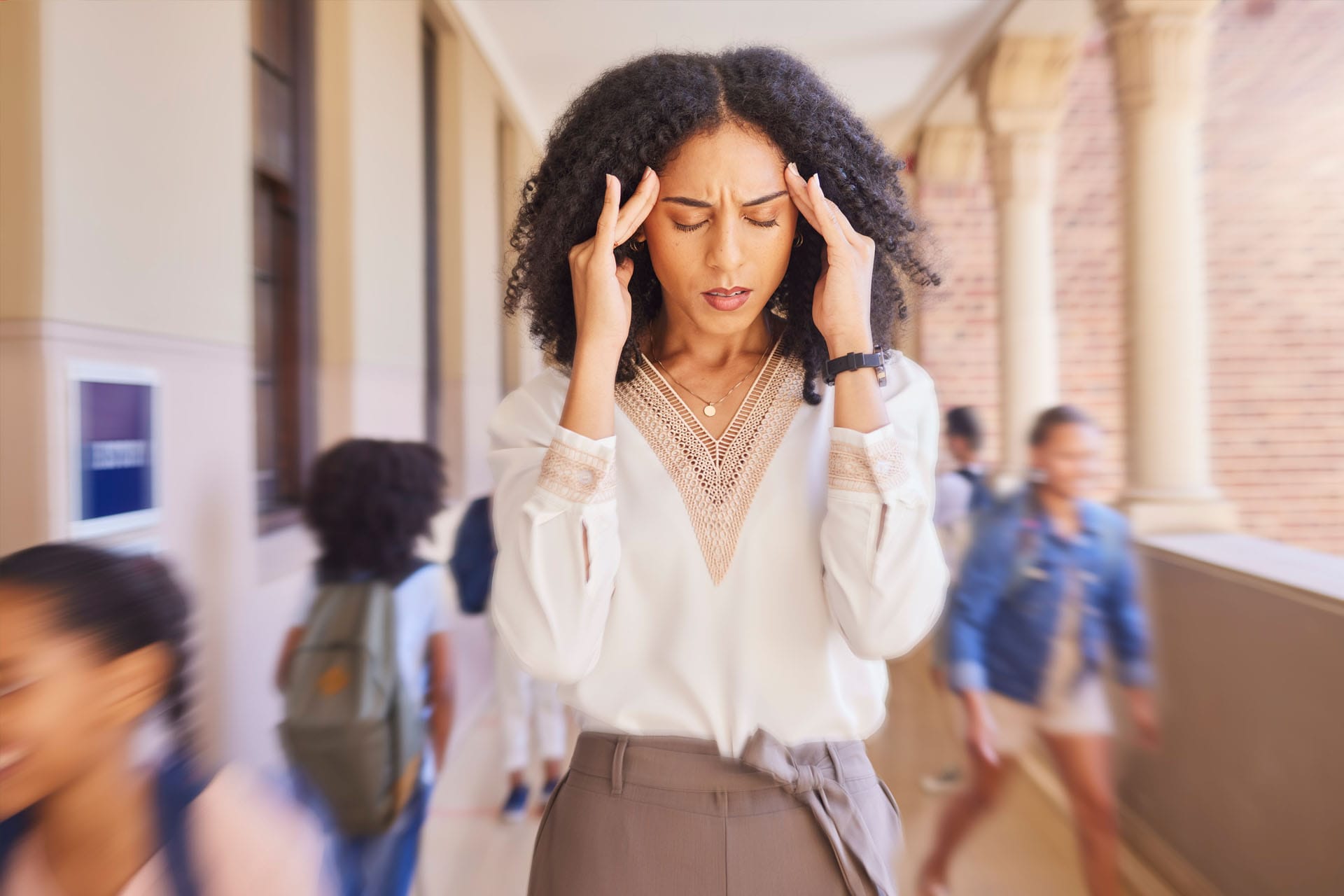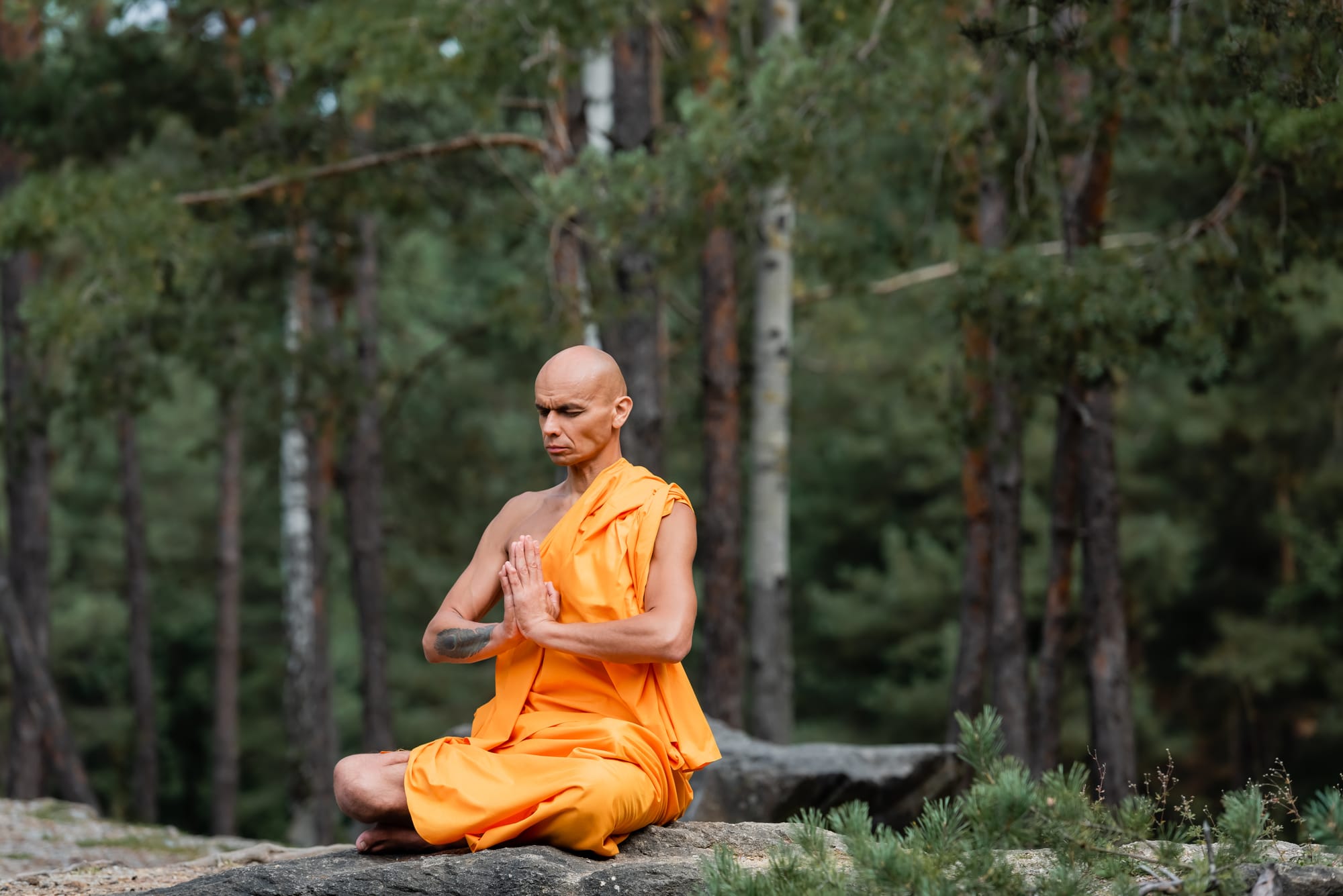Breathing is an automatic function that can be controlled voluntarily. By consciously altering the rhythm and mechanics of breathing, one can influence the nervous system. Breathing patterns affect heart rate, blood pressure, stress levels, and mental well-being. Proper breathing improves posture, self-control, and overall vitality. Incorporating breathing techniques into conventional medicine is essential for promoting health and well-being. Evidence-based approaches provide practical guidance for both personal and professional use.
Breathing affects the autonomic nervous system through vagal stimulation and is essential for regulating stress. Benefits include nitric oxide production, improved circulation, temperature regulation, and lymphatic flow. Proper breathing also promotes anti-inflammatory effects. Recognizing and correcting suboptimal breathing patterns can help medical practitioners offer non-invasive health management strategies and serve as complementary therapies for preventive health maintenance.
Proper breathing influences our prana, our inner life force, and recharges our vitality. Incorporating effective relaxation breathing practices and intermittent breath-holding techniques empowers us to prevent and reverse disease. Understanding the importance of proper breathing is essential as it impacts every aspect of our lives.
Integrating Eastern Insight & Modern Medical Care
Integrating efficient breathing practices with conventional medicine is essential to improving and sustaining health and well-being. Various evidence-based breathing techniques reduce stress, tension, and burnout, and they provide how-to instructions and demonstrations for incorporating them into professional and personal life.
Breathing practices primarily affect the autonomic nervous system through vagal stimulation and the central system via the diaphragm and phrenic nerve. The influence of breathing on both the central and autonomic nervous systems plays a crucial role in stress regulation. Additionally, it promotes nitric oxide production, vasodilation, body temperature regulation, enhanced lymphatic flow, and efficient waste elimination. Proper breathing also stimulates the vagus nerve and provides an anti-inflammatory effect.
Recognizing sub-optimal breathing patterns and utilizing types of breathing that promote health helps medical practitioners provide non-invasive health management methods. In addition, it can be used as a complementary therapy and preventive medicine for health maintenance.
Breath as Lifeforce: Essence of Living

Breath is essential for life and all body processes. Adults breathe air in and out about 12 to 16 times per minute, totaling about 20,000 breaths daily. Children breathe even faster. Although this activity is automatic, it can be voluntarily controlled. One may influence the nervous system by intentionally changing the rhythm and mechanics of breathing. Breathing patterns impact heart rate, blood pressure, stress response, and mental state.
Our lung capacity is not fully utilized during automatic (involuntary), shallow chest breathing. Breathing goes beyond just taking in oxygen and exhaling carbon dioxide. It affects our neurological system, posture, biomechanics, cellular biochemistry, self-control, and self-esteem. It allows us to influence our inner life force and recharge our vitality. Incorporating effective relaxation-breathing practices and intermittent breath-holding techniques empowers us to prevent and reverse disease. Understanding the importance of proper breathing is essential as it impacts every aspect of our lives.
Mindfulness Techniques and Body Awareness

Pranayama (prana+ayama is regulation of the life force) increases body awareness, helping to tether the mind to the present moment, tempering the whirlwind of past regrets and future anxieties. Mindfulness breathing techniques redirect away from the panic and help center oneself. As an outcome, emotional resilience is strengthened, and the capacity to manage stress is enhanced. Gentle redirection of attention to the breath serves as an anchor. If breathing becomes strained, focusing on relaxation and re-engaging with a calmer and more effortless breath is essential for regaining equanimity. By refining the breathing practice, we cultivate harmony between our mind and body, fostering resilience and serenity. Breath is a symbiotic connection between physical, mental, emotional, and spiritual aspects.
The Mind-Body Connection: Neurophysiological Perspectives

Breathing, an automatic yet uniquely controllable function, is a potent tool for self-regulation and healing. Dysfunctional breathing is a common cause of brain fog and anxiety. Stress, panic, and other factors of daily life negatively impacting health are reduced by intentionally correcting dysfunctional breathing. Combining breathing techniques with meditation helps rewire the brain and body for relaxation and energy. Breathing forms a crucial interface between our conscious mind and unconscious bodily functions. Slow, mindful breathing activates the hypothalamus, a major control center in the brain. This, in turn, prompts the release of neurohormones from the pituitary gland that counteract the stress hormones, fostering a relaxation response in the body. This lowers anxiety and panic, creating a calm state that supports our body's natural healing processes. Defeat stress, breath by breath.
Thich Nhat Hanh eloquently remarked, "Conscious breathing is my anchor. Feelings come and go like clouds in a windy sky. Breath is the bridge that connects life to consciousness, which unites the body to thoughts."
Prana and Chitta: The Breath-Mind Dance

"Yoga is the dance of every cell with the music of every breath that creates inner serenity and harmony." - Debasish Mridha.
Prana is a vital life force or energy that keeps us vibrant and alive. Yogic wisdom has long held that prana follows chitta (consciousness of the mind) and vice versa. By pacifying one, we induce calmness in the other. B.K.S. Iyengar, the esteemed yoga guru, concisely stated, "The mind is the king of the senses, and the breath is the king of the mind." So, control your breath to control your mind.
A blend of scientifically validated yogic practices, such as diaphragmatic slow-paced nasal breathing, encourages optimal oxygen utilization, induces relaxation, and facilitates mind-body harmony.
"As the breath wanders, so does the mind. As the breath steadies, so does the mind" - Hatha Yoga Pradipika, Chapter 2 Verse 2.
Breathing practices increase the prana energy level, nourish the body, and heal the chakras and nadis.
Riddle: What did the yoga instructor say to the student who was feeling stressed out?...... Remember, proper breath control will relax your mind.
Step-by-Step Guide to Practicing Bhramari and Anulom Vilom Pranayama
Pranayama, the ancient yogic practice of breath control, is a powerful tool for enhancing physical, mental, and emotional well-being. Among the many breathing techniques, Bhramari Pranayama (Humming Bee Breath) and Anulom Vilom Pranayama (Alternate Nostril Breathing) stand out for their profound calming and balancing effects. Bhramari helps reduce stress and anxiety by creating soothing vibrations in the body, while Anulom Vilom harmonizes the mind and balances the body's energy channels. This guide provides step-by-step instructions to help you incorporate these transformative practices into your daily routine.
1. Bhramari Pranayama (Humming Bee Breath)
Benefits: Calms the mind, reduces stress and anxiety, improves focus, and enhances sleep quality.
Steps:
- Preparation:
- Sit in a comfortable position with your spine straight (e.g., on a chair or cross-legged on the floor).
- Close your eyes and relax your body.
- Place your hands on your knees in a relaxed position.
- Hand Placement (Shanmukhi Mudra):
- Close your ears with your thumbs.
- Place your index fingers gently on your eyelids.
- Rest your middle fingers on the sides of your nose.
- Position your ring and little fingers on your lips or chin to complete the mudra.
- Practice the Breath:
- Inhale deeply through your nose.
- While exhaling, make a humming sound like a bee (a soft "mmmm" sound) with your mouth closed.
- Feel the vibration in your head and chest as you continue to hum.
- Repeat:
- Perform this for 5–10 rounds or for 5–10 minutes.
- Focus on the soothing sound and vibration to calm your mind.
- Finish:
- Slowly bring your hands down, sit quietly for a minute, and observe your breath before opening your eyes.
2. Anulom Vilom Pranayama (Alternate Nostril Breathing)
Benefits: Balances the left and right brain hemispheres, improves oxygenation, reduces stress, and enhances mental clarity.
Steps:
- Preparation:
- Sit comfortably with your spine straight, either in a chair or on the floor in a cross-legged position.
- Relax your shoulders and close your eyes.
- Rest your left hand on your knee in Chin Mudra (thumb and index finger touching, palm up).
- Hand Position:
- Use your right hand for alternate nostril breathing:
- Close your right nostril with your thumb.
- Use your ring finger to close your left nostril.
- Your index and middle fingers can rest on your forehead or fold inward.
- Use your right hand for alternate nostril breathing:
- Begin the Breath:
- Close your right nostril with your thumb and inhale deeply through your left nostril.
- Close your left nostril with your ring finger, release your thumb, and exhale fully through your right nostril.
- Inhale through your right nostril.
- Close your right nostril, release your ring finger, and exhale through your left nostril.
- Repeat:
- This completes one cycle.
- Continue this alternate nostril breathing for 5–10 minutes or as per your comfort.
- Tips:
- Breathe deeply but gently; there should be no strain.
- Focus on the flow of breath and maintain an even rhythm.
- Perform this practice on an empty stomach or at least 2–3 hours after a meal.
- Finish:
- Lower your hands, breathe normally, and sit quietly for a moment to absorb the effects.
Science of Breathing: The Confluence of Science and Wisdom
Proper breathing techniques, such as slow, rhythmic abdominal breathing through the nose, increase nitric oxide production, which is crucial for vascular health and immune response. Simultaneously, it enhances vagal tone, contributing to autonomic balance and peaceful sleep. As a renowned integrative medicine expert, Dr. Andrew Weil notes, "If I had to limit my advice on healthier living to just one tip, it would be simply to learn how to breathe correctly." Focus on your breath and calm your mind.
Takeaway: Breathe Better to Live Better
Efficient breathing with awareness helps with the emotional ability to respond rather than react. Conscious breathing practices and meditation tap into our inner life force, optimize health, and recharge our well-being. Yoga and contemporary scientific research reveal that relaxation-breathing practices enhance disease management and prevention strategies. Chronic diseases, such as hypertension, asthma, and anxiety, respond favorably to this holistic approach daily. Mindful breathing is a tool for self-management through self-transformation and self-realization.
FAQs
FAQs based on the topic "Art and Science of Regulation: Optimize, Relax, Heal":
- What is the role of breathing in stress relief?
Breathing is crucial in stress relief because it influences the autonomic nervous system. By intentionally changing the rhythm and mechanics of breathing, one can stimulate the vagus nerve, which helps regulate stress responses, lower heart rate, and reduce blood pressure. - How does proper breathing impact overall health and well-being?
Proper breathing improves posture, self-control, and overall vitality. It enhances circulation, temperature regulation, and lymphatic flow and promotes anti-inflammatory effects. Integrating breathing techniques with conventional medicine can significantly enhance health and well-being. - What are the benefits of integrating Eastern breathing practices with modern medical care?
Integrating Eastern breathing practices, such as pranayama, with modern medical care provides a holistic approach to health. These practices reduce stress, tension, and burnout and offer practical instructions for incorporating them into professional and personal life, enhancing physical and mental health. - How does breathing affect the autonomic nervous system?
Breathing affects the autonomic nervous system through vagal stimulation and the central system via the diaphragm and phrenic nerve. Proper breathing induces vagal stimulation, which helps regulate stress, improve nitric oxide production, and maintain body temperature and lymphatic flow. - What is the significance of prana in breathing practices?
Prana, or vital life force, is essential for maintaining vitality and health. Proper breathing influences our prana, recharges our vitality, and helps prevent and reverse diseases. Incorporating relaxation-breathing practices and intermittent breath-holding techniques can optimize health and well-being. - How can mindfulness breathing techniques enhance emotional resilience?
Mindfulness breathing techniques increase body awareness and help tether the mind to the present moment, reducing past regrets and future anxieties. These techniques strengthen emotional resilience, enhance stress management capacity, and foster harmony between the mind and body.
Citations:
[1] Ditto et al., Short-term autonomic and cardiovascular effects of mindfulness body scan meditation. 2006 Dec;32(3):227-34.
[2] Farb, N. A., Segal, Z. V., & Anderson, A. K. (2013). Mindfulness meditation training alters cortical representations of interoceptive attention. Social Cognitive and Affective Neuroscience, 8(1), 15-26.
[3] Brown, R., & Gerbarg, P. (2005). Sudarshan Kriya Yogic Breathing in the Treatment of Stress, Anxiety, and Depression: Part II—Clinical Applications and Guidelines. Journal of Alternative and Complementary Medicine, 11, 711-717.
[4] Jerath, R., Edry, J. W., Barnes, V. A., & Jerath, V. (2006). Physiology of long pranayamic breathing: Neural respiratory elements may provide a mechanism that explains how slow deep breathing shifts the autonomic nervous system. Medical Hypotheses, 67(3), 566-571.
[5] Taimni, I.K, Yoga/Meditation/Indian Philosophy, The Science of Yoga, 2012.
[6] Kabat-Zinn, J. (2003). Mindfulness‐based interventions in context: past, present, and future. Clinical Psychology: Science and Practice, 10(2), 144-156.
[7] Ma, X., Yue, Z. Q., Gong, Z. Q., Zhang, H., Duan, N. Y., Shi, Y. T., & Li, Y. F. (2017). The effect of diaphragmatic breathing on attention, negative affect, and stress in healthy adults. Frontiers in Psychology, 8, 874.
[8] Lundberg, J. O., Weitzberg, E., & Gladwin, M. T. (2008). The nitrate–nitrite–nitric oxide pathway in physiology and therapeutics. Nature Reviews Drug Discovery, 7(2), 156-167.
[9] Lehrer, P. M., Vaschillo, E., & Vaschillo, B. (2000). Resonant frequency biofeedback training to increase cardiac variability: rationale and manual for training. Applied Psychophysiology and Biofeedback, 25(3), 177-191.
